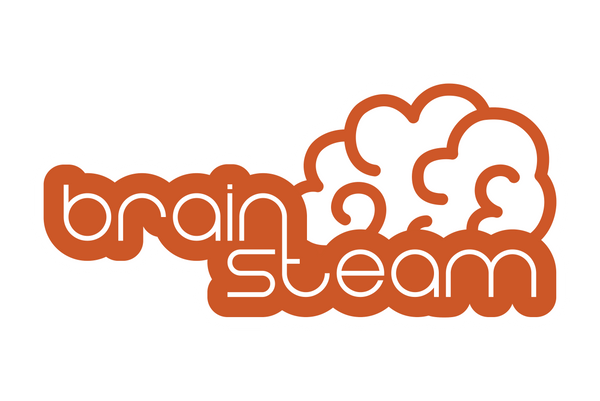Table of Contents
- Introduction to STEM Education
- Importance of STEM Education
- Enhancing Critical Thinking Skills
- Fostering Creativity
- Preparing for Future Careers
- Challenges in Traditional STEM Education
- Lack of Accessibility
- Gender Disparity
- Limited Engagement
- Innovative Approaches to STEM Education
- Gamification
- Project-Based Learning
- Interdisciplinary Integration
- Real-World Applications
- Incorporating Technology in STEM Education
- Engaging Millennial Parents in STEM Education
- Parent-Child STEM Activities
- Online Resources and Communities
- Collaborative Learning Environments
- Case Studies and Examples
- Conclusion
- FAQs
Introduction to STEM Education
STEM education, which stands for Science, Technology, Engineering, and Mathematics, is an interdisciplinary approach to learning that integrates these four core subjects into a cohesive learning paradigm. It emphasizes hands-on learning, problem-solving, and critical thinking skills.
Importance of STEM Education
Enhancing Critical Thinking Skills
STEM education fosters critical thinking by encouraging students to analyze problems, propose solutions, and evaluate outcomes. It teaches them to approach challenges systematically and think logically.
Fostering Creativity
By engaging in hands-on experiments and projects, students are encouraged to think creatively and explore innovative solutions to real-world problems. This fosters a culture of innovation and entrepreneurship.
Preparing for Future Careers
In today's increasingly technology-driven world, STEM skills are in high demand across various industries. STEM education equips students with the necessary skills and knowledge to thrive in the workforce of the future.
Challenges in Traditional STEM Education
Lack of Accessibility
Traditional STEM education programs may not be accessible to all students, particularly those from underprivileged backgrounds or rural areas. This can create disparities in access to quality education and opportunities.
Gender Disparity
There is a persistent gender gap in STEM fields, with women and girls being underrepresented. This is often due to societal stereotypes and biases that discourage girls from pursuing STEM subjects.
Limited Engagement
Traditional classroom-based learning methods may fail to engage students effectively, leading to disinterest and disengagement. This can hinder their learning and retention of STEM concepts.
Innovative Approaches to STEM Education
Gamification
Integrating elements of gamification into STEM lessons can make learning more interactive and engaging. This includes using educational games, puzzles, and competitions to reinforce key concepts.
Project-Based Learning
Project-based learning encourages students to work collaboratively on real-world projects, applying their STEM knowledge to solve practical problems. This hands-on approach promotes deeper learning and understanding.
Interdisciplinary Integration
STEM education can be enhanced by integrating other disciplines, such as arts (STEAM) or humanities, into the curriculum. This interdisciplinary approach encourages creativity and allows students to make connections between different subjects.
Real-World Applications
Connecting STEM concepts to real-world applications helps students understand their relevance and importance. This can be achieved through field trips, guest lectures, and hands-on experiences in professional settings.
Incorporating Technology in STEM Education
Technology plays a crucial role in modern STEM education, providing tools and resources to enhance learning experiences. This includes interactive simulations, online courses, and educational apps that make learning more accessible and engaging.
Engaging Millennial Parents in STEM Education
Millennial parents play a vital role in supporting their children's STEM education journey. Here are some ways to engage them effectively:
Parent-Child STEM Activities
Organizing family-friendly STEM activities and workshops where parents and children can learn together fosters a sense of curiosity and exploration.
Online Resources and Communities
Providing access to online resources, forums, and social media groups allows parents to connect with other like-minded individuals and access educational materials and support.
Collaborative Learning Environments
Creating collaborative learning environments where parents can actively participate in their children's education fosters a sense of partnership and empowerment.
Case Studies and Examples
Case Study 1:
XYZ School implemented a project-based learning approach in their STEM curriculum, resulting in a significant improvement in student engagement and performance.
Case Study 2:
ABC Company launched a STEM outreach program for underprivileged students, providing them with access to technology resources and mentorship opportunities.
Conclusion
STEM education holds immense potential to equip students with the skills and knowledge needed to succeed in the 21st-century workforce. By embracing innovative approaches and engaging millennial parents as partners in the learning process, we can unleash the full potential of STEM education and empower the next generation of innovators and problem solvers.
FAQs
- How can I encourage my child to develop an interest in STEM subjects?
- Encourage hands-on exploration and experimentation.
- Provide access to STEM-related books, toys, and games.
- Highlight the real-world applications of STEM concepts.
- What are some STEM career options for students?
- Software developer
- Biomedical engineer
- Data scientist
- Environmental scientist
- How can I overcome gender stereotypes in STEM education?
- Provide positive role models and mentorship opportunities.
- Challenge stereotypes and biases through education and awareness.
- Encourage girls to pursue STEM interests from a young age.
- What role do parents play in supporting STEM education?
- Parents can provide encouragement, resources, and opportunities for hands-on learning.
- They can advocate for STEM education initiatives in schools and communities.
- How can schools and educators make STEM education more inclusive?
- By providing equal access to resources and opportunities for all students.
- By promoting diversity and inclusion in STEM programs and curriculum design.

